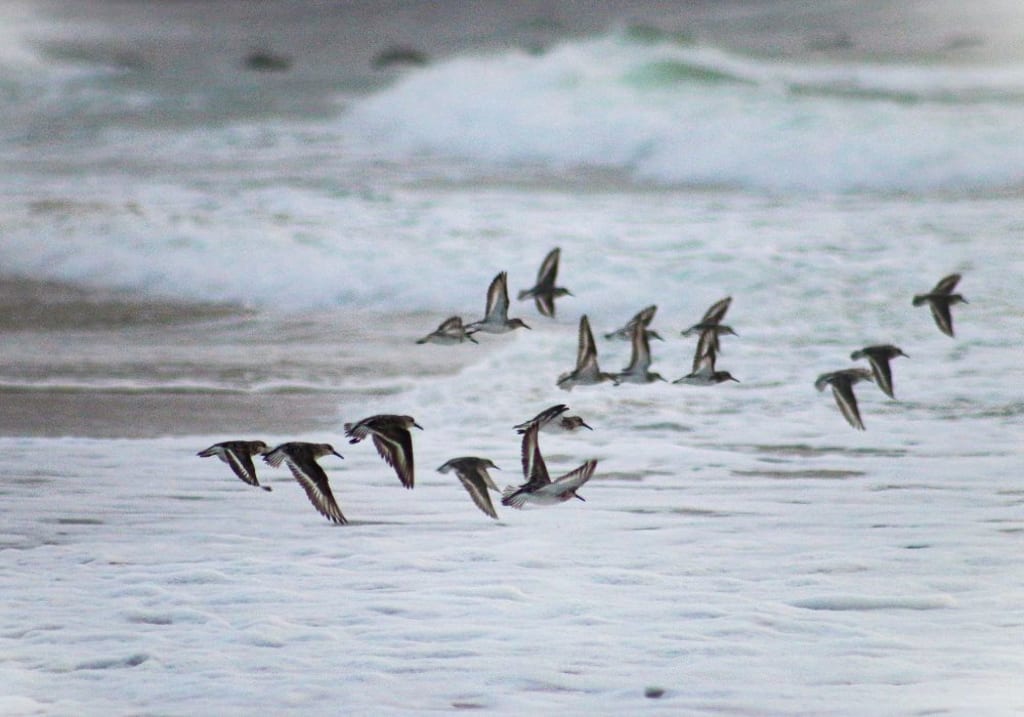Mastering the Art of Photographing Birds in Flight
The Amazing Guide

Unlock the Secrets to Capturing Stunning Aerial Shots
Photographing birds in flight is a thrilling and rewarding pursuit, but it also presents unique challenges that require specialized techniques and equipment. Whether you're a seasoned wildlife photographer or just starting out, this comprehensive guide will equip you with the knowledge and skills to master the art of capturing breathtaking images of birds in motion.
Choosing the Right Gear for the Job
The key to successful bird-in-flight photography lies in having the right camera and lens setup. Ideally, you'll want a DSLR or mirrorless camera with a high frame rate (at least 8-10 frames per second) and a telephoto lens with a focal length of 300mm or longer. Look for lenses with a wide maximum aperture, such as f/4 or f/2.8, as these will allow you to use faster shutter speeds and capture sharper images.
In addition to a powerful camera and lens, consider investing in a sturdy tripod or monopod to help stabilize your setup, especially when shooting in low light conditions. A fast memory card and a spare battery are also essential to ensure you can capture as many shots as possible without interruption.
Mastering the Technical Aspects
Capturing birds in flight requires a deep understanding of your camera's settings and features. Start by familiarizing yourself with the various autofocus modes and focus point selection options. Many modern cameras offer advanced features like eye-tracking autofocus, which can be a game-changer when photographing fast-moving birds.
When it comes to exposure, shutter speed is the most critical setting. Aim for a minimum shutter speed of 1/1600 sec, and go as high as 1/4000 sec or even 1/5000 sec for the fastest-moving birds like hummingbirds and swallows. This will help you freeze the action and capture sharp, crisp images. Pair your high shutter speed with a wide aperture (f/4 or larger) to maintain a shallow depth of field and keep the bird in focus while blurring the background.
Don't be afraid to experiment with different ISO settings to achieve the optimal exposure. Modern cameras can handle high ISOs remarkably well, so don't hesitate to push the limits to ensure you're capturing the perfect shot.
Mastering the Art of Composition
Composition is just as important as technical proficiency when it comes to photographing birds in flight. Aim to position the bird within the frame in a way that creates a sense of movement and energy. Leave ample negative space around the bird to give it room to "breathe" within the frame.
Consider the bird's direction of flight and try to anticipate its path. This will allow you to position yourself and frame the shot in a way that captures the bird's movement and energy. Experiment with different angles and perspectives to find the most compelling compositions.
Timing and Anticipation
Successful bird-in-flight photography often comes down to timing and anticipation. Observe the birds' behavior and flight patterns, and try to predict when and where they're likely to take flight. This will allow you to pre-focus your lens and be ready to capture the moment.
When the bird takes flight, use a continuous autofocus mode and follow the bird's movement, gently pressing the shutter button to "bump" the focus as needed. This technique, known as "focus and recompose," can help you keep the bird in sharp focus as it moves through the frame.
Practicing and Perfecting Your Technique
Like any skill, mastering the art of bird-in-flight photography takes time and practice. Start by photographing common birds in your local area, such as pigeons, sparrows, or gulls. Use these opportunities to experiment with different settings, techniques, and compositions, and learn from your successes and failures.
As you gain confidence and experience, seek out more challenging subjects, such as birds of prey, waterfowl, or migratory species. The more you practice, the more intuitive the process will become, and the more stunning your bird-in-flight images will be.
Conclusion
Photographing birds in flight is a thrilling and rewarding pursuit that requires a combination of technical skill, creative vision, and patience. By mastering the techniques outlined in this guide, you'll be well on your way to capturing breathtaking aerial shots that will impress and inspire.
Remember, the key to success is to keep practicing, experimenting, and learning from your experiences. With dedication and a passion for wildlife photography, you'll be able to unlock the secrets to mastering the art of photographing birds in flight.
So, what are you waiting for? Grab your camera, head out into the great outdoors, and start capturing the magic of birds in motion!
About the Creator
Hasan
Welcome...
In this site of mine you can learn amazing things and many information that you don't know so please subscribe to my site.
Enjoyed the story? Support the Creator.
Subscribe for free to receive all their stories in your feed. You could also pledge your support or give them a one-off tip, letting them know you appreciate their work.






Comments
There are no comments for this story
Be the first to respond and start the conversation.